In the heart of South Korea, is a city brimming with historical significance and cultural treasures. Just an hour and a half drive from Seoul, located 140 kilometers to the south, Gongju offers an escape into a world where ancient history and modern art coexist beautifully. Known for its rich Baekje Dynasty heritage, this charming city promises an enriching experience for every traveler.
Fascinating Facts About Gongju:- It served as the capital of the Baekje Kingdom from 475 to 538 AD. The city played a pivotal role in Korean history, and its historical significance is still evident in the well-preserved monuments and sites. Gongju is renowned for its unique combination of natural beauty and cultural landmarks, making it a must-visit destination for history enthusiasts and nature lovers alike.
Gongju Gongsanseong Fortress:- Perched majestically on a mountain ridge, Gongsanseong Fortress is a testament to the architectural brilliance of the Baekje period. This UNESCO World Heritage site offers a panoramic view of the Geumgang River and the surrounding landscape. Visitors can walk along the fortress walls and explore ancient pavilions that provide insights into Korea’s storied past. The serene atmosphere makes it an ideal spot for contemplation and photography.

Gongju Hanok Village:- Experience traditional Korean culture at Gongju Hanok Village, where historical hanok houses have been preserved and restored. Stroll through the narrow alleys and admire the craftsmanship of these wooden homes, each telling a story of Korea’s architectural heritage. The village often hosts cultural events and workshops, allowing visitors to immerse themselves in local traditions and crafts.
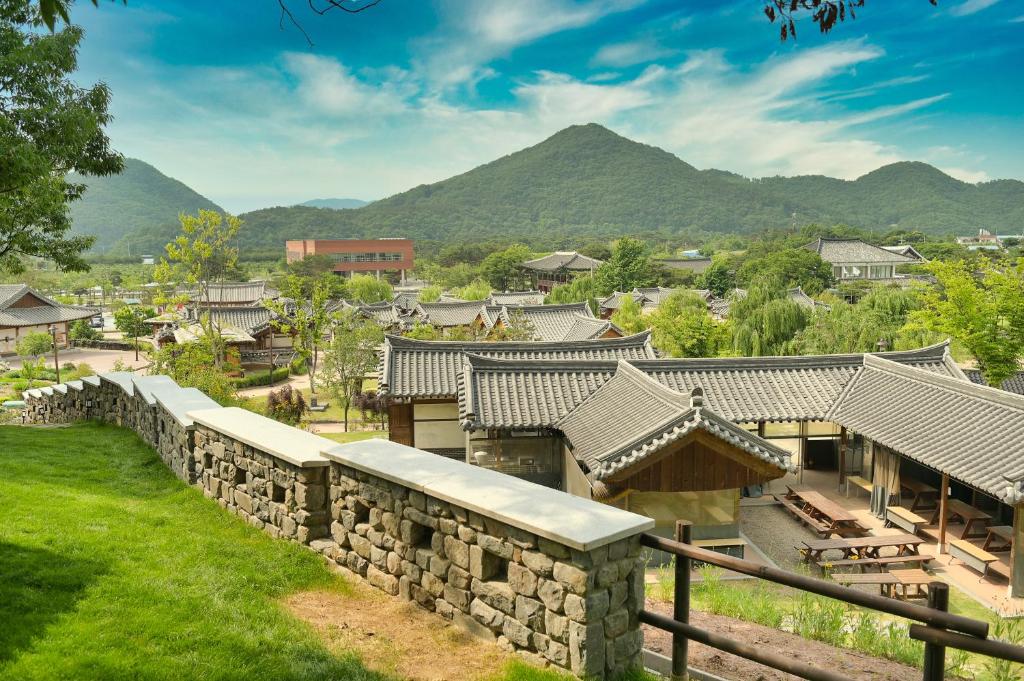
Yugu Mural Village:- A vibrant display of creativity and community spirit, Yugu Mural Village is adorned with colorful murals that bring the streets to life. This art project, initiated by local artists, transforms the village into an open-air gallery. Each mural depicts scenes from daily life, folklore, and nature, making it a delightful place for a leisurely walk and photo opportunities.
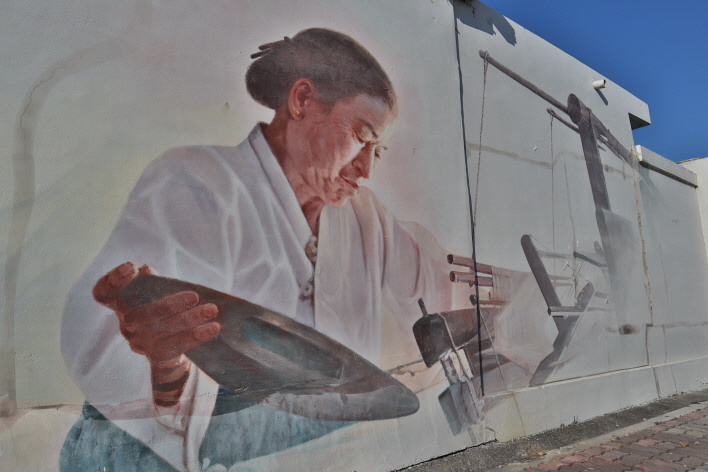
Magoksa Temple:- Nestled in a tranquil forest, Magoksa Temple is a serene retreat from the hustle and bustle of city life. This centuries-old Buddhist temple is renowned for its picturesque setting and historical significance. Visitors can explore the temple grounds, meditate in the peaceful surroundings, and learn about Korean Buddhism. The temple is particularly beautiful during the autumn when the foliage turns vibrant shades of red and gold.
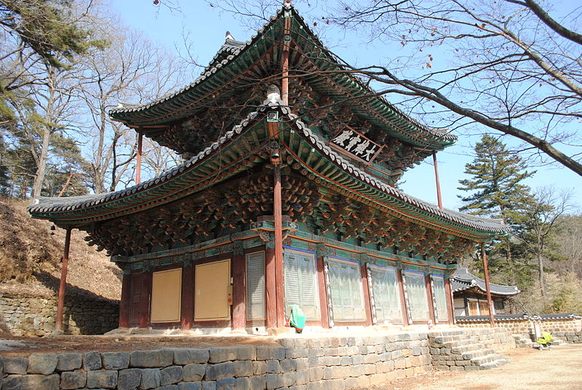
Gongju Songsan-ri Tombs and Royal Tombs of King Muryeong:- The Songsan-ri Tombs and the Royal Tomb of King Muryeong are among the most significant archaeological sites in Korea. Discovered in 1971, these tombs offer a glimpse into the royal life of the Baekje Dynasty. The tomb of King Muryeong, in particular, is celebrated for its exquisite artifacts and detailed inscriptions. A visit here is a journey into the opulence and sophistication of ancient Korean royalty.

Gongju National Museum:- For those keen on delving deeper into the history of Gongju and the Baekje Kingdom, the Gongju National Museum is a must-visit. The museum houses an extensive collection of artifacts, including pottery, jewelry, and weaponry, from the Baekje period. Interactive exhibits and detailed displays provide a comprehensive understanding of the region’s rich cultural heritage.
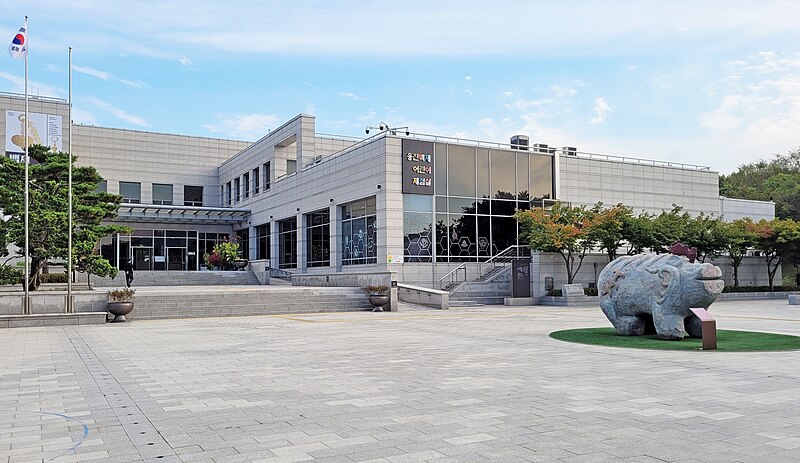
Geumgang Nature Art Biennale:- Art enthusiasts will appreciate the Geumgang Nature Art Biennale, an event that showcases contemporary art in harmony with nature. Held along the scenic Geumgang River, this biennale features installations and sculptures by artists from around the world. The artworks, often made from natural materials, highlight environmental themes and the relationship between humans and nature.
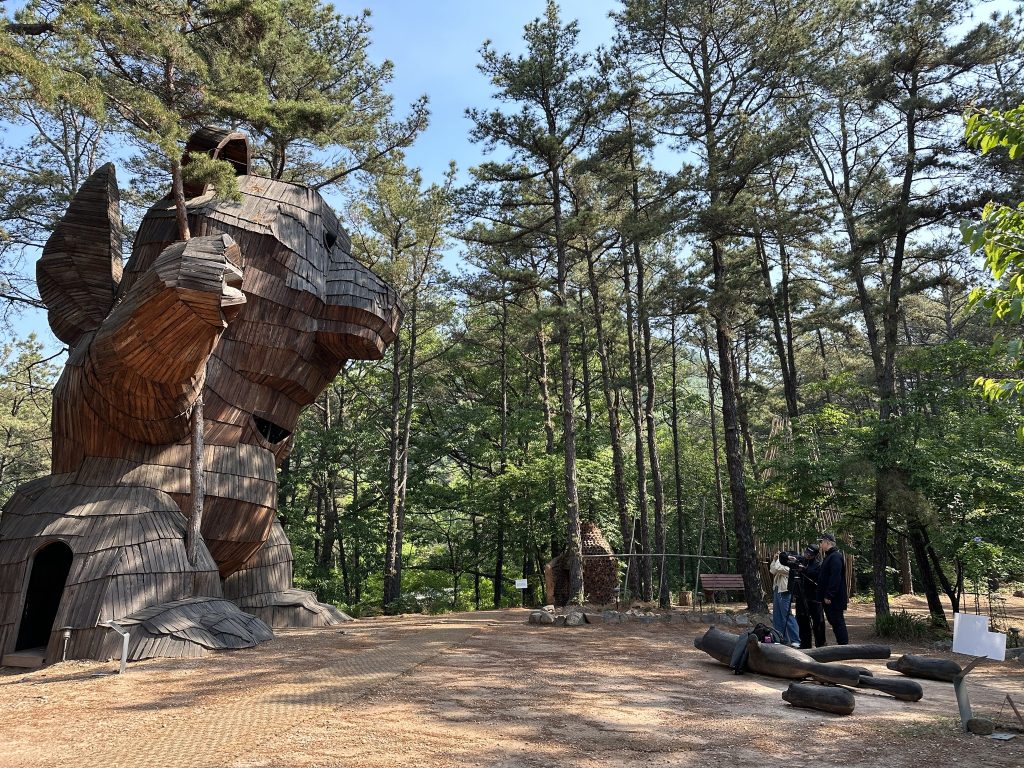
Gongju is a city that seamlessly blends history, culture, and natural beauty. From its ancient fortresses and royal tombs to its vibrant art scenes and serene temples, Gongju offers a diverse range of attractions that cater to all interests. The best time to visit Gongju is during the spring (April to June) and autumn (September to November) when the weather is mild, and the natural scenery is at its most stunning.


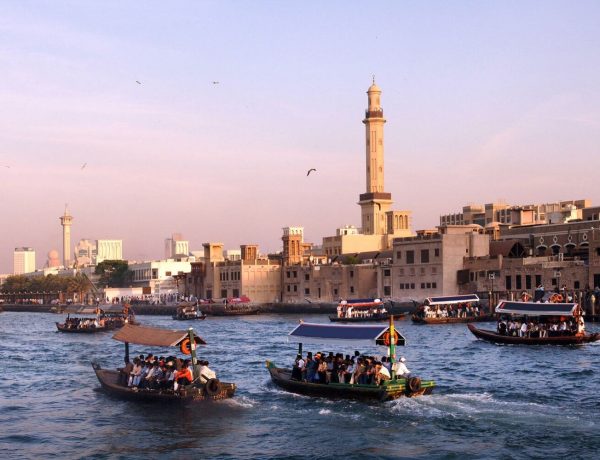
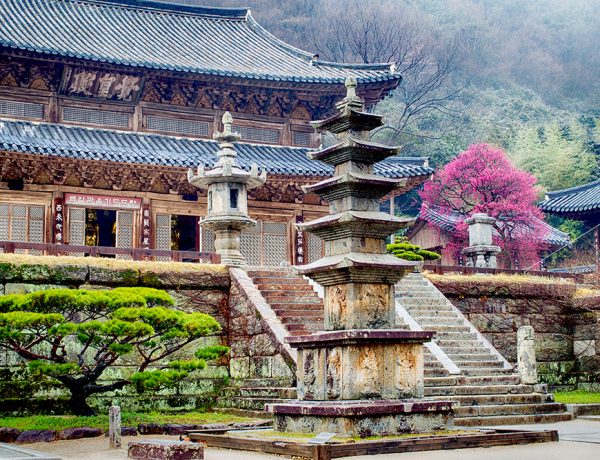
No Comments